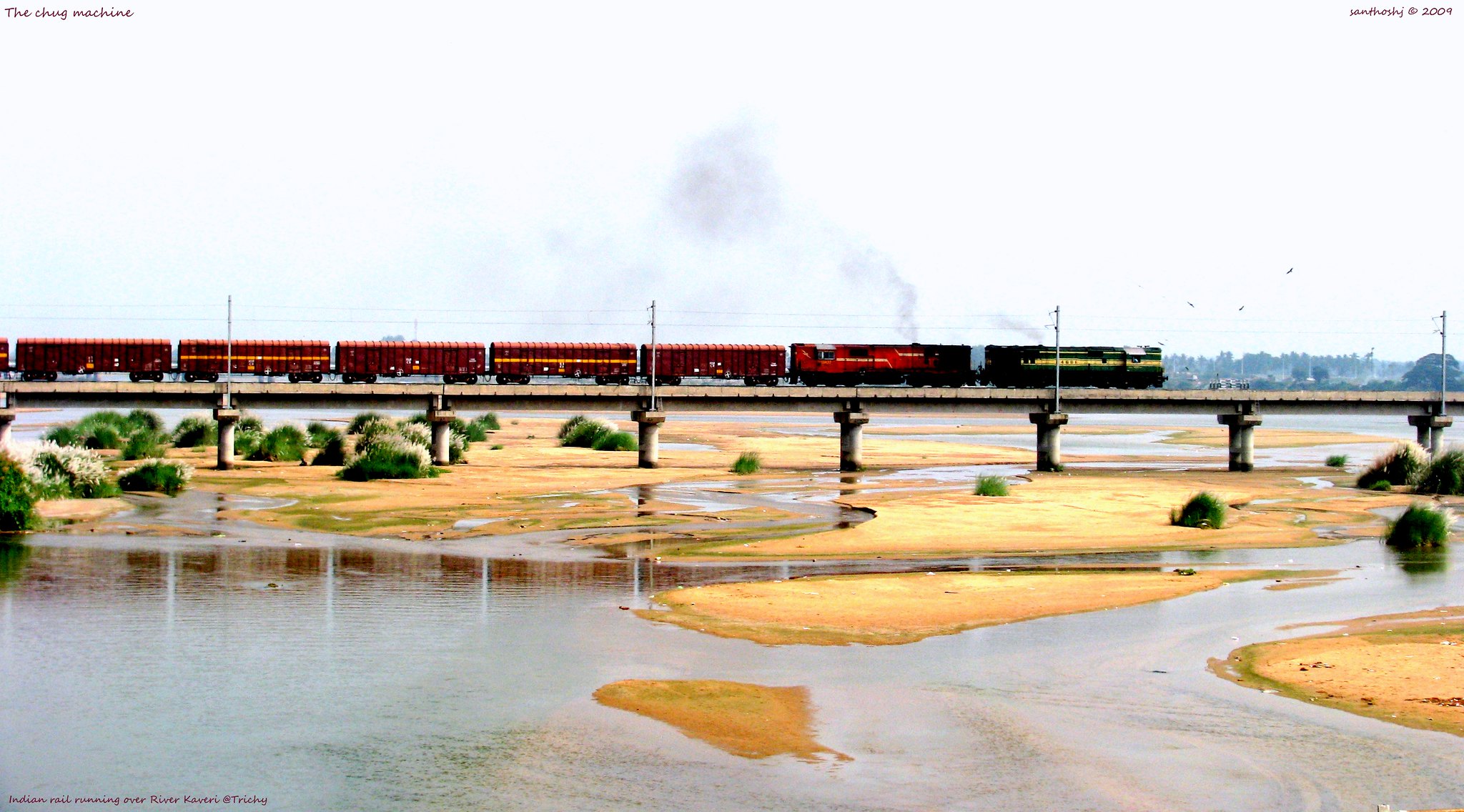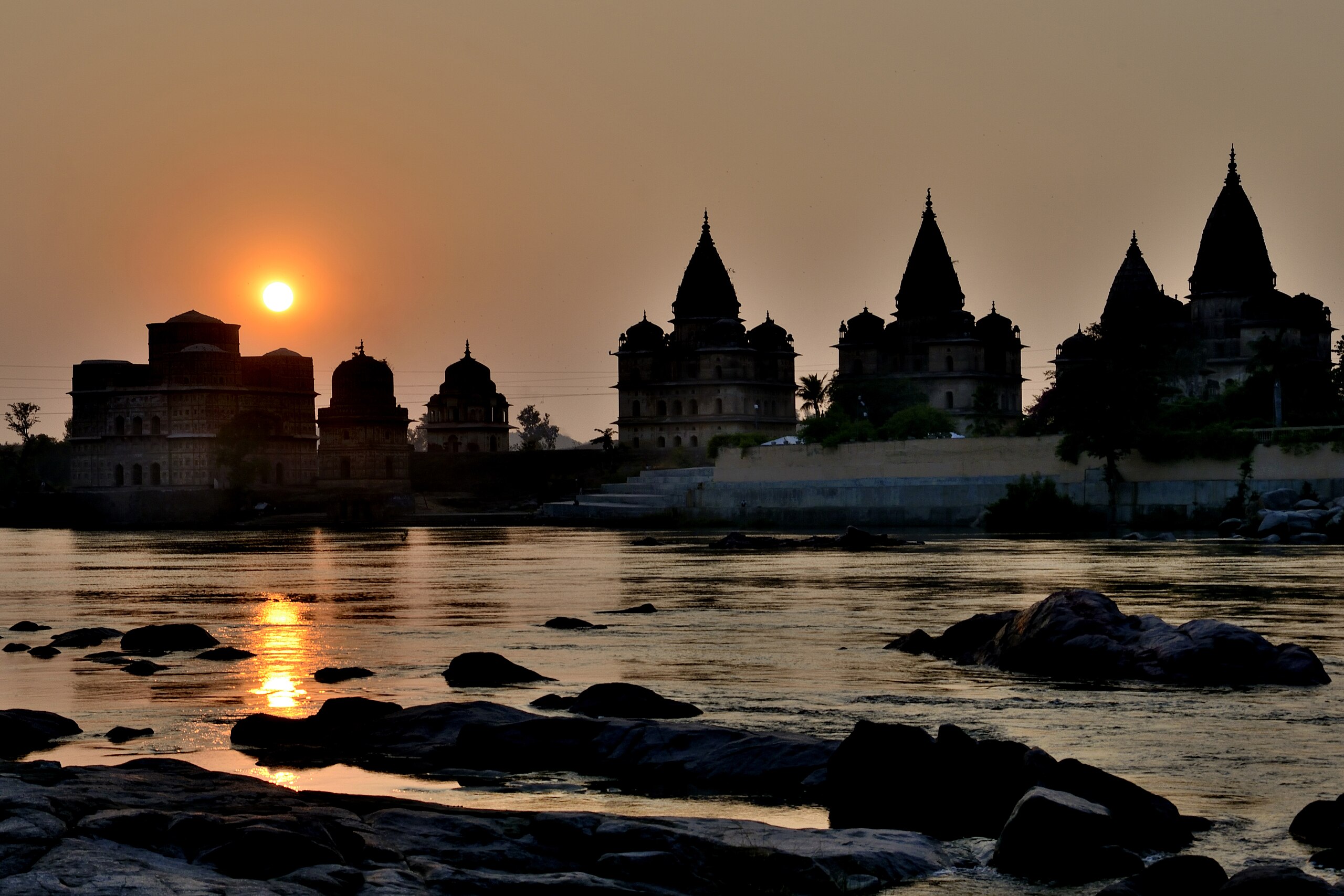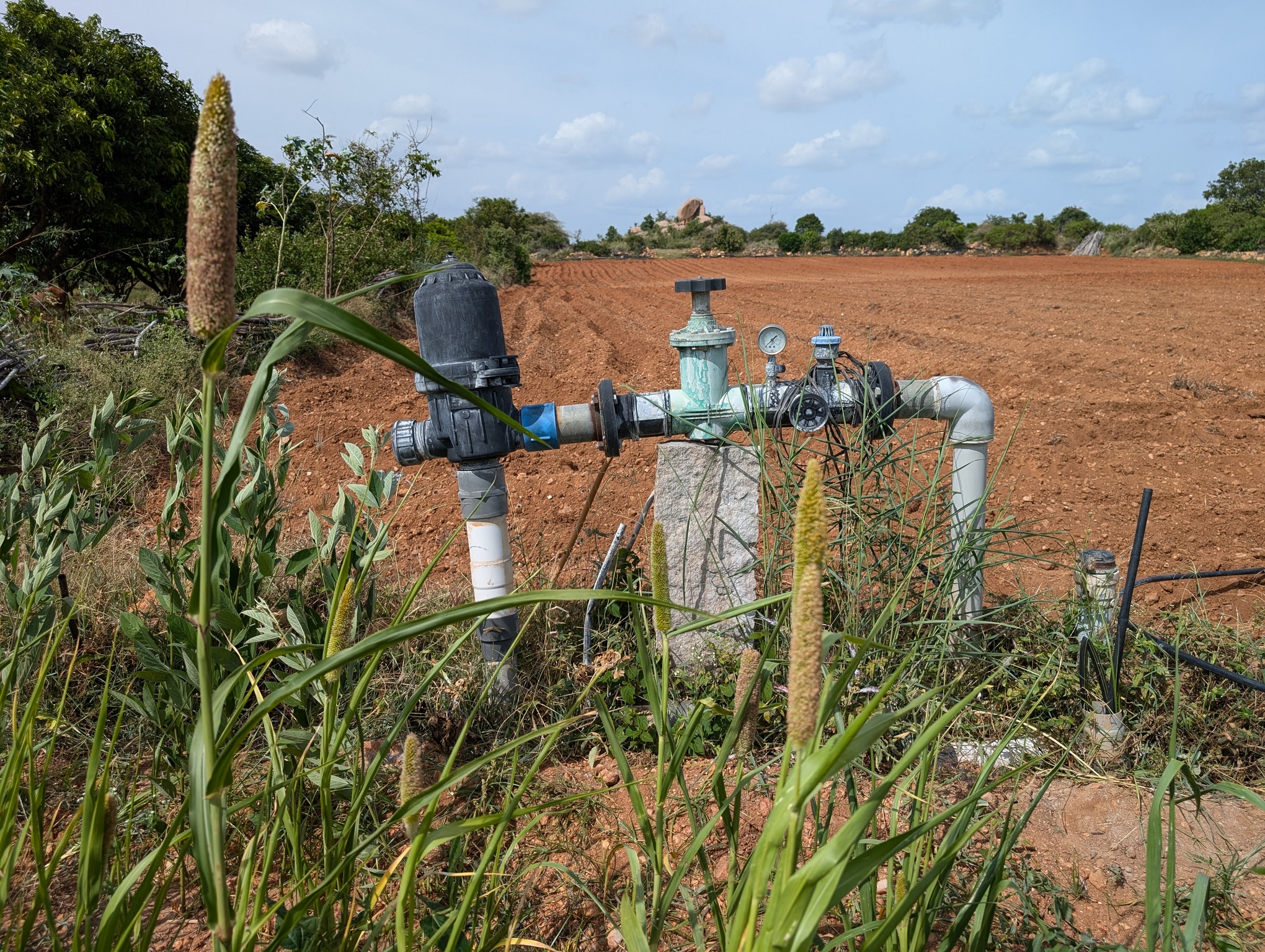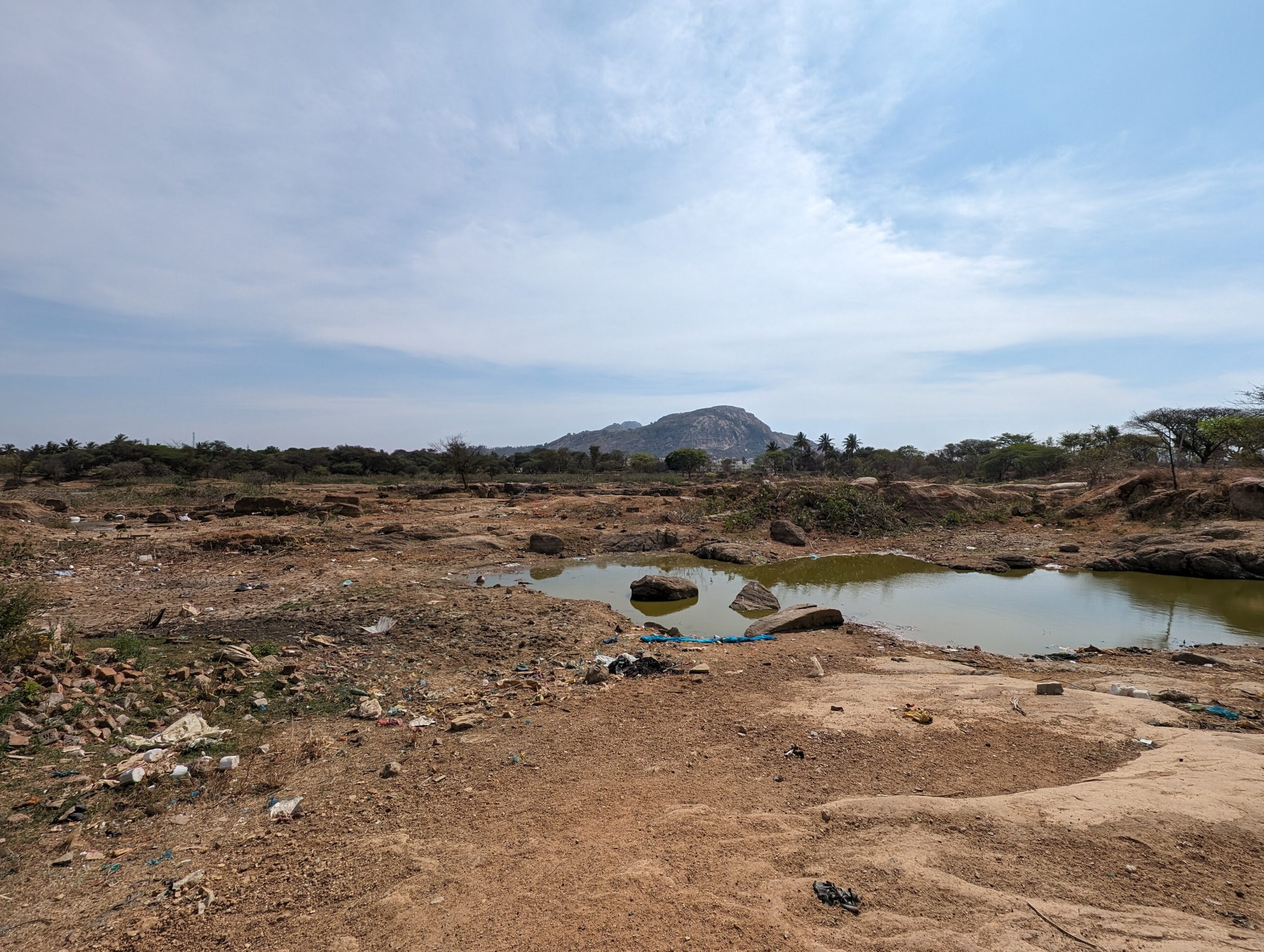Monitoring and Evaluation of Recharge Pits in Marathwada (Part 1)
Photo: Farmer field surveys in Jalna, Maharashtra.
Marathwada, in Maharashtra, is one of India’s most drought-prone regions.
Farmers here, like millions across the country, struggle with water access, a problem worsened by climate change, extreme heatwaves, and erratic rainfall.
The region’s challenges are compounded by its clayey black soil, which has low hydraulic conductivity, leading to waterlogging during the monsoon and severe water scarcity in summer. Both problems lead to crop loss. Additionally, the basaltic aquifers underground have low storage capacity, causing rapid water depletion. These factors are crucial in addressing the difficulties faced by rainfed farmers in this low-rainfall area.
The JalTara approach aims to address water scarcity and waterlogging.
The JalTara approach, initiated by the Save Groundwater Foundation, aims to tackle these issues by constructing infiltration pits to reduce waterlogging and enhance groundwater recharge. JalTara also aims to provide an affordable and scalable solution for groundwater recharge.
In Maharashtra, the project seeks to extend water availability by 1-2 months annually, increasing dry season irrigation and boosting farmers’ incomes.
This approach shows promise, but it needs to be systematically evaluated.
The objective of our study was to evaluate the effectiveness of JalTara pits in reducing waterlogging and improving groundwater recharge. Our methodology included field infiltration tests and a comprehensive farmer survey to understand the efficacy of the pits and farmers’ perceptions.
In this report, we detail our methodology, how we approached our fieldwork and document the results we have got so far and what next steps it points toward.
JalTara pits could potentially enhance groundwater recharge.
We conducted infiltration tests at different sites to assess whether JalTara pits could facilitate groundwater recharge. We found that the pits have potential to significantly increase rates of infiltration compared to the surrounding farmland. However, its effectiveness varied based on how well the pit had been maintained.
The second part of the work involved farmer surveys. They described benefits in terms of waterlogging reduction and crop loss prevention.
We identified two main challenges with the design and implementation of JalTara.
For one, these pits are prone to siltation, which reduces their infiltration capacity. After a rainfall spell, the ensuing runoff carries with it soil from the surrounding fields and depositing it on top the JalTara.
Second, there is a need for increased farmer education and training regarding the benefits of the pits and the importance of maintenance to ensure their long-term functionality.
Design tweaks and better capacity-building could result in more effective pits.
There are two hypotheses that this research project has tested so far. Based on our findings, we have narrowed down on a few recommendations that both farmers and field staff of Save Groundwater Foundation could attempt to better realise this method’s potential:
● Develop standardised guidelines for JalTara pit construction and maintenance to maximise their effectiveness
● Implement training sessions for farmers to improve understanding and execution of pit maintenance.
● Continue to monitor the pits’ effectiveness and gather empirical data to refine and adapt project strategies based on observed outcomes.
We need scientific impact evaluations to scale effective solutions to the water crisis in India.
India, one of the most water-stressed countries globally, is heavily dependent on groundwater, a rapidly depleting resource. Despite significant investments, solutions such as check dams, farm ponds and trenches often fall short due to issues like suboptimal site selection and siltation. There is a pressing need for evidence-based solutions to direct climate adaptation funding. WELL Labs, in partnership with the Environmental Defense Fund, is assessing promising groundwater interventions like the JalTara method in Maharashtra’s Jalna district as part of this effort.
Fill these details to access the publication
Acknowledgements
The authors would like to thank Save Groundwater Foundation for their strong collaboration and facilitation of community level connections and proof of concept. We would also like to thank the scientific and technical experts from the Environmental Defense Fund for their valuable collaboration on research design and recommendations. Additionally, we are grateful for the inputs by Dr Saumya Srivastava during the early stages of the project. Spearheaded by Dr Purushottam Wayal, the Art of Living Foundation in Jalna extended generous support to help us find our feet among communities in Jalna.
Technical review: Veena Srinivasan, Vivek Singh Grewal and Gopal Penny
Cover page and illustrations: Sarayu Neelakantan
Editorial review and layout: Kaavya Pradeep Kumar, Pavan Srinath and Syed Saad Ahmed
Primary data collection: Avinash Pandey
Published by: Anika Choudhary
If you would like to collaborate with us outside this project, write to us. We would love to hear from you.
Follow us and stay updated about our work:






